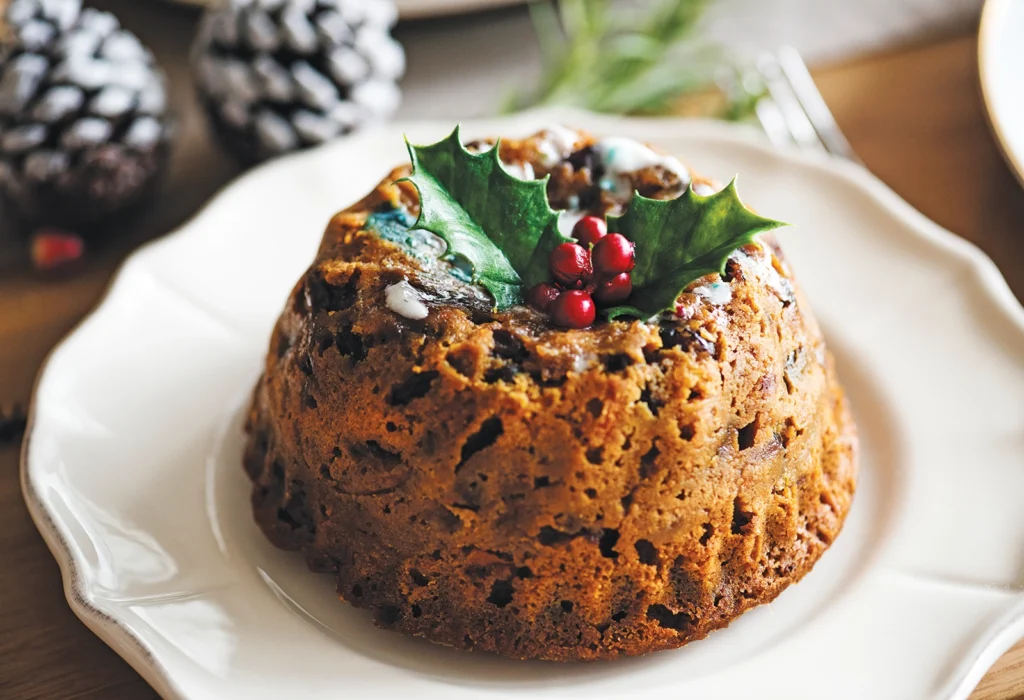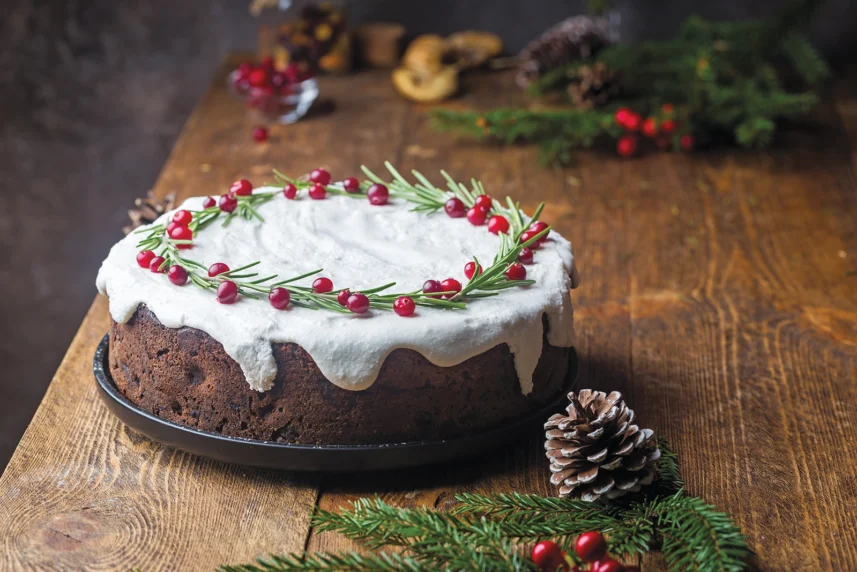Article:
North Carolina’s holiday feasts have changed over the past two centuries
BY ERIC MEDLIN
Today, North Carolinians celebrate Christmas and Thanksgiving much as they do in every other state. According to the U.S. and North Carolina Departments of Agriculture, our state grows the nation’s largest number of sweet potatoes, and we are a leading producer of turkeys.
But for many years, most North Carolinians did not eat a bountiful meal on these holidays. North Carolina had to grow in wealth and sophistication before many of its residents could enjoy anything like the holiday meals we have today.
Colonial North Carolina did not celebrate Christmas or Thanksgiving as we do. In fact, it did not recognize Thanksgiving as a formal holiday at all. The celebration of Thanksgiving, with its familial trappings and large meal centered around turkey, began as a New England tradition. Individual days of thanksgiving were sometimes observed throughout the year in the Carolinas.
For example, an 1837 edition of the Baptist newspaper The Biblical Recorder notes a day of thanks offered in Charleston after the end of a cholera epidemic. But a traditional, November Thanksgiving was not commonly celebrated in colonial North Carolina. Most North Carolinians, moreover, lived in poverty and could not afford celebratory meals. Their diets consisted mainly of corn and bacon.
The colony’s few wealthy residents did celebrate the Christmas season. They decorated their houses, and people who lived near churches could attend Christmas services. The first day of Christmas was not the only day on which they focused.
They observed twelve days of Christmas, with the final evening—Twelfth Night—being a main occasion for celebration. Wealthy families often feasted on that day. The North Carolina Governor’s Palace in New Bern, for example, offered a multicourse meal focused heavily on meat, along with drinking, dancing and games.
It was not until the mid-19th century that modern traditions of Thanksgiving and Christmas began to crystallize here. A nationally celebrated day of Thanksgiving became popular, with North Carolina celebrating its first official Thanksgiving on November 15, 1849. An 1856 article from New York, republished in Wilmington’s Tri-Weekly Commercial, boasted of the popular “German gift-tree” that later gave rise to our Christmas trees.
In the 19th century, North Carolina became more prosperous and less isolated than it had been in the 18th century. More North Carolinian families could afford to spend lavish amounts on “set suppers” for the holidays. These suppers were multicourse affairs with fine settings and many decorations.
According to “The Young Housewife’s Counsellor and Friend,” written in 1871 by Raleigh’s Mary Ann Bryan Mason, such meals should have five courses, beginning with soup and then moving on to fish, meats and salads. The meal would balance preserved foods like pickles and ham with fresh vegetables and baked starches.

The family would offer toasts with alcoholic beverages like wines or cordials if they did not abstain. The number of possible dishes in these suppers is staggering. Mason’s book includes dozens of recipes for holiday meals, including oyster fritters, crab-shaped mutton chops and even macaroni and cheese.
The final course was dessert. “The Young Housewife’s Counsellor and Friend” has an image of an ideal Christmas dessert table setting. At the two ends sit the main attractions: a Christmas iced cake and a plum pudding. In between are flowers and desserts of all kinds, from jellies and puddings to charlotte russe, a decadent cake comprised of gelatin and cream and served with ladyfingers.
Before emancipation, enslaved people in North Carolina sometimes enjoyed a more limited but still festive meal on holidays. Christmas in particular was a notable occasion—it was one when many enslaved people got married and sometimes planned to escape. For enslaved people, holiday meals might consist of meats and seafood as well as alcohol, breads and desserts. Enslaved families in poorer households would be relegated to the preserved foods that made up the staples of the slave owners’ diets.
As time went on, North Carolina Thanksgiving and Christmas meals grew closer to their modern equivalents. Turkey became the centerpiece meat for Thanksgiving, eventually overshadowing earlier accompaniments like oysters and venison. Several of today’s traditional Thanksgiving side dishes became common. Notable among these was sweet potatoes, which have been eaten for centuries in North Carolina.
A copy of The Asheville Times from 1910 includes a Thanksgiving menu from the Battery Park Hotel that lists what we today would view as ordinary holiday fare (turkey, mashed potatoes and string beans) as well as more exotic choices (pickled walnuts, cream of partridge and queen olives).
Such a meal remained out of the price range of many North Carolinians, however, even in the early 20th century. It was not until advances in refrigeration and consumer culture in the 20th century that turkey, cranberry sauce and fruit pies became the common, national meal of American families. As for Christmas dinner, North Carolina is a leading producer of common meats like turkey, chicken and pork, as well as dairy and sides such as corn, and this fare is what many North Carolinians have been eating for decades.
North Carolinians have always enjoyed a hearty meal. They have not always been able to experience much variety in their meals, but they have done their best and have often put significant effort into crafting succulent dinners. In this way, little has changed since the holiday feasts in the earliest years of the colony of North Carolina.



